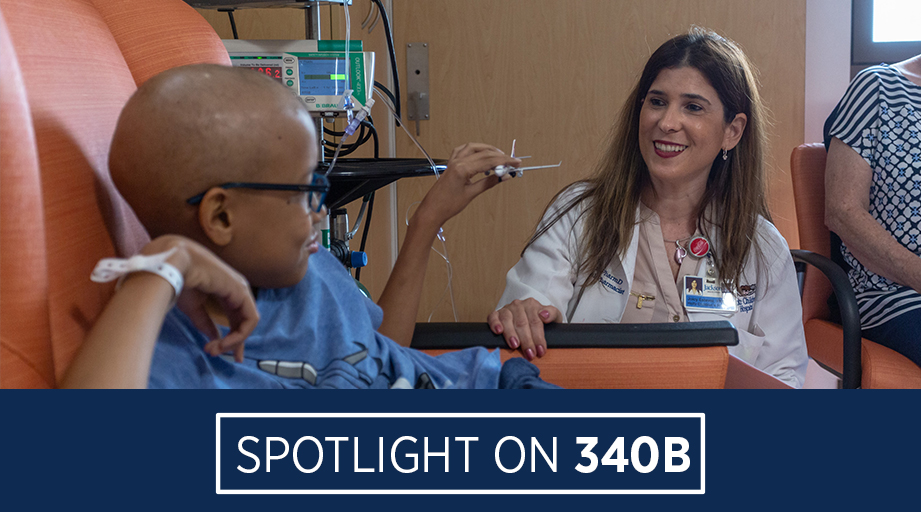
The Centers for Disease Control and Prevention (CDC) is urging the pharmacy profession to get involved in the national diabetes prevention program (DPP), which promotes a lifestyle intervention model for averting the onset of type 2 diabetes mellitus in patients at elevated risk for the condition.
The DPP model uses a CDC-approved curriculum to help pharmacists and other healthcare professionals identify patients with prediabetes and encourage those patients to make healthier eating choices, exercise more, and manage stress.
To facilitate peer support, DPP uses a group-coaching model, with at least 16 weekly sessions held during the first 6 months of program enrollment and monthly sessions held during months 7–12. Each DPP site must apply to CDC to become a recognized supplier of services and must regularly submit data to CDC and commit to enrolling at least 1 cohort of patients annually.
According to CDC’s recently released DPP implementation guide for pharmacists, the program can be used in the ambulatory care setting “to maximize the unique skills and abilities of the pharmacy workforce.”
The guide’s official title is “Rx for the National Diabetes Prevention Program: Action Guide for Community Pharmacists.” But the guide describes a broad role for the profession—including pharmacists, pharmacy residents, and pharmacy students—to “apply clinical knowledge, use motivational interviewing techniques, and help prevent type 2 diabetes in patients at risk.”
ASHP contributed to the development and review of the action guide.
“In preventing the progression of prediabetes to type 2 diabetes, lifestyle interventions win the day,” said Anna Dopp, ASHP’s director of clinical guidelines and quality improvement. “The DPP offers a framework to do this.”
The guide describes 3 tiers for supporting and expanding CDC’s national DPP efforts. Tier 1 is the promotion of awareness about prediabetes and the national DPP among patients at risk for diabetes. Suggested tier 1 activities for pharmacists include learning about DPP and placing promotional materials about prediabetes and DPP in waiting areas and other places where patients gather.
Tier 2 activities are clinically focused and consist of screening patients for prediabetes, testing when appropriate, and referring eligible patients to a supplier of DPP services.
“All pharmacists can add . . . screening tests to their workflow to start conversations with patients about risk factors and recommended next steps,” the guide states. When a screening test indicates that a patient may have prediabetes, the pharmacist can perform a blood glucose test or refer the patient elsewhere for testing.
CDC’s DPP defines prediabetes as a glycosylated hemoglobin value of 5.7–6.4%, a fasting plasma glucose concentration of 100–125 mg/dL, or a 2-hour glucose tolerance test result of 140–199 mg/dL.
At least 35% of each DPP cohort must fit the laboratory criteria for prediabetes or have previously been diagnosed with gestational diabetes. All patients who participate in the program must be at least 18 years of age and have a body mass index of 25 kg/m2 or greater (23 kg/m2 or greater if of Asian descent).
Tier 3 in the action guide consists of offering the DPP interventions to patients. The guide notes that participation in DPP allows pharmacies to expand their preventive care services and build referral networks with primary care providers and community-based healthcare organizations.
ASHP’s Dopp said that participation in the DPP aligns with the pharmacy profession’s public health responsibilities.
CDC’s DPP registry included 1,767 sites, most with pending or preliminary approval status, in late June.
The Centers for Medicare and Medicaid Services (CMS) has adopted its own Medicare DPP initiative, which is based on CDC’s program and requires suppliers to apply to CDC for recognition as part of the enrollment process. The program went into effect this year.
Providers of Medicare DPP services are eligible for reimbursement of up to $470 per patient for 12 months of services and $200 per patient for the next year. Reimbursement is based on the number of sessions the patient attends and the patient’s success in losing weight and maintaining that weight loss.
In late June, a CMS database listed 68 sites as Medicare DPP suppliers.
[This news story appears in the August 15, 2018, issue of AJHP.]







